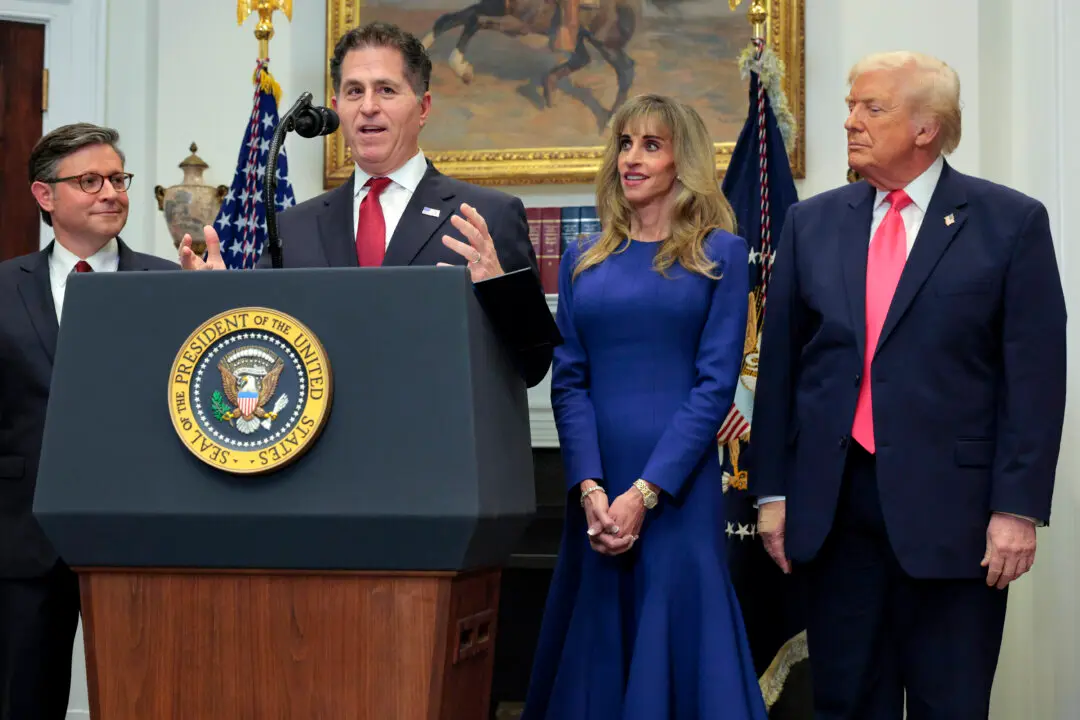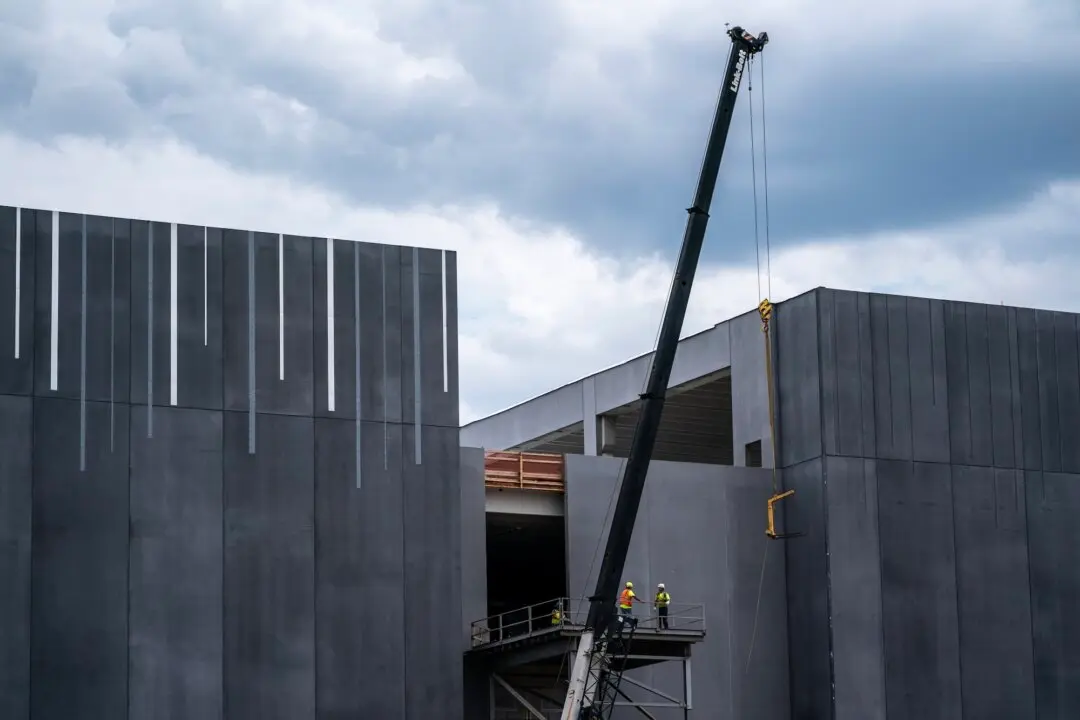Wholesale inflation slowed sharply in February as retail sales turned negative, a sign that inflationary pressures may be easing and bolstering investor bets that the Federal Reserve will slow it blistering pace of interest-rate hikes as the economy cools.
The Producer Price Index (PPI), which reflects prices charges by manufacturers, farmers, and wholesalers, fell by 0.1 percent month over month in February, according to data from the Bureau of Labor Statistics (BLS).





